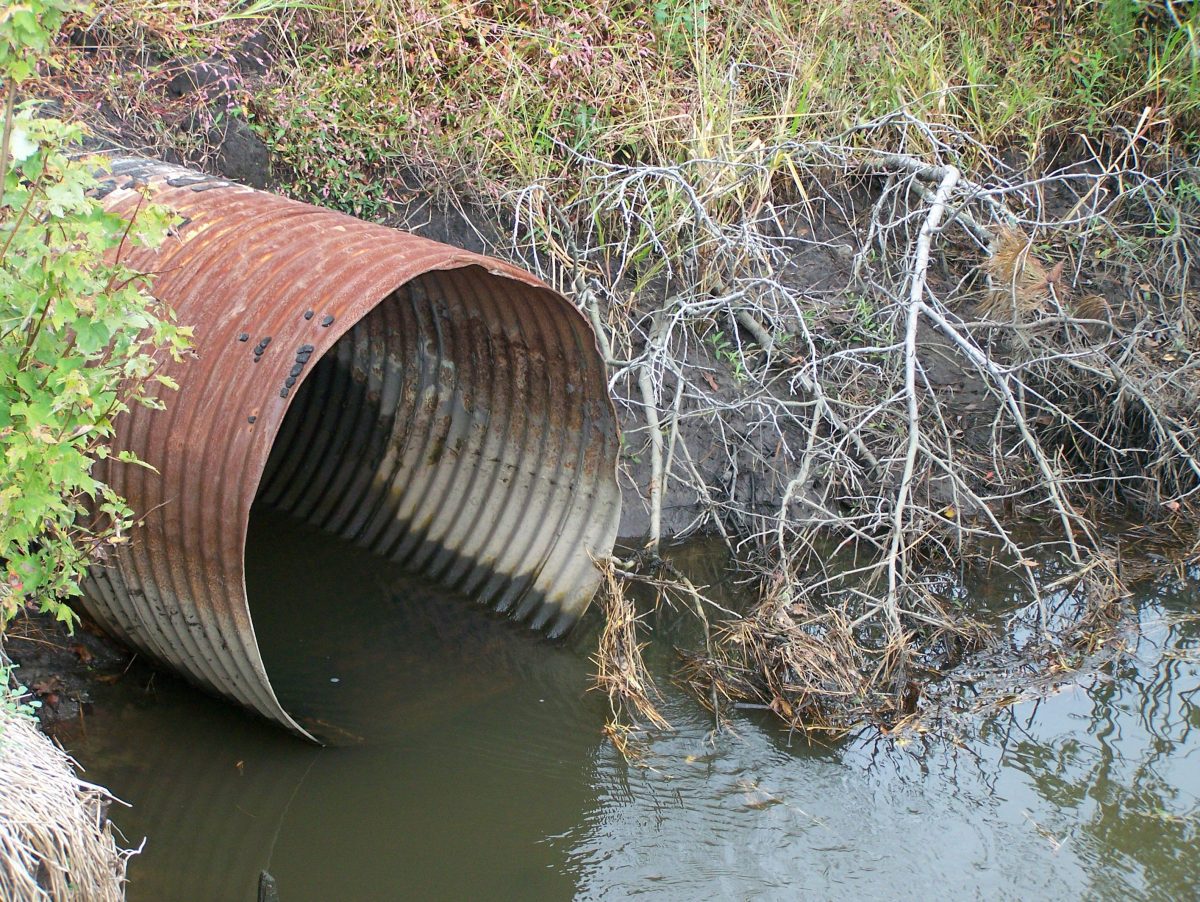
States now have direction from the U.S. Environmental Protection Agency on using the clean water permitting program to protect against per- and polyfluoroalkyl substances, or PFAS.
A memorandum announced Tuesday from EPA Assistant Administrator for Water Radhika Fox is to align wastewater and stormwater pollutant discharge permits and pretreatment program implementation activities with the goals in EPA’s PFAS Strategic Roadmap released October 2021, officials said.
Supporter Spotlight
“EPA is following through on its commitment to empower states and communities across the nation to address known or suspected discharges of PFAS,” Fox said in a statement. “Today’s action builds upon successful and innovative efforts already used by several states to safeguard communities by using our Clean Water Act permitting program to identify and reduce sources of PFAS pollution before they enter our waters.”
The EPA will work with state-authorized permitting authorities to leverage the National Pollutant Discharge Elimination System program to restrict the discharge of PFAS at their sources, Fox explains in the memo. The National Pollutant Discharge Elimination System program was established by the Clean Water Act to help address water pollution by regulating point sources that discharge pollutants to waters of the United States.
EPA officials note that several states have had success with its state-administered National Pollutant Discharge Elimination System program to identify and reduce sources of PFAS including Michigan, which is partnering with municipal wastewater treatment facilities to develop monitoring approaches to help identify upstream sources of PFAS. North Carolina has used the National Pollutant Discharge Elimination System program to develop facility-specific, technology-based effluent limits for known industrial dischargers of PFAS.
In addition to reducing PFAS discharges, the program is to enable EPA and the states to obtain comprehensive information on the sources and quantities of PFAS discharges, which can be used to inform appropriate next steps to limit the discharges of PFAS, Fox writes.
The memo builds on the EPA’s April memo to its regions by expanding the audience to states, and includes new recommendations related to biosolids, permit limits and coordination across relevant state agencies, officials said.
Supporter Spotlight
The memo provides recommendations to National Pollutant Discharge Elimination System permit writers and pretreatment coordinators on monitoring provisions, analytical methods, the use of pollution prevention and best management practices. These provisions were included to help reduce PFAS pollution in surface waters as the EPA works to promote effluent guidelines, finalize multi-laboratory validated analytical methods and publish water quality criteria that address PFAS compounds, officials continued.
“This EPA guidance is a pivotal moment in the fight against toxic PFAS pollution for communities nationwide, and makes clear that states must act now using existing law to protect people and their drinking water,” said Geoff Gisler, senior attorney and leader of the Clean Water Program at the Southern Environmental Law Center who leads litigation to stop PFAS pollution, in a statement. “Our work in North Carolina against Chemours is proof that PFAS polluters can be held accountable under current law. Families and communities nearby and downstream should not continue to be exposed to toxic PFAS.”
The Southern Environmental Law Center, on behalf of Cape Fear River Watch, filed lawsuits in 2018, after learning in 2017 about the PFAS contamination from Chemours Fayetteville Works facility detected in the Cape Fear River. The river is the drinking water for about 350,000 people in the Wilmington area.
The law center negotiated a consent order with the state and Chemours requiring the company to stop PFAS pollution from its Fayetteville Works Facility, provide clean drinking water to residents with contaminated drinking water wells, and ensure the Cape Fear River is safe for downstream communities.
Stopping PFAS pollution at its source will prevent more people suffering more harmful exposure and make polluters bear the burden and cost of the pollution, not communities nearby and downstream, according to the law center.







